This article comes fromcryptobriefing, original author: Tom Carreras
Odaily Translator |
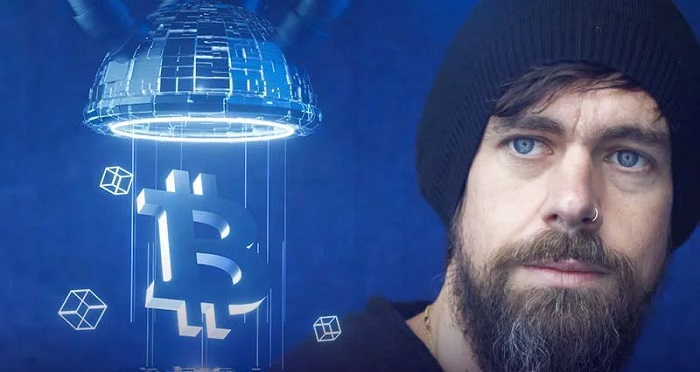
Odaily Translator |
On June 11, TBD, an encryption project launched by Twitter founder Jack Dorsey, announced that it will launch a decentralized network standard platform called "Web5" on the Bitcoin network, aiming to "bypass" the existing Web3 concept.
Most crypto projects today choose to use the so-called Web3 concept and provide a way to build applications on top of the blockchain. But in most cases, Web3 needs to rely on Ethereum or other blockchains that support smart contracts to more easily meet programmability requirements and Token payments.
However, Jack Dorsey doesn't seem to buy into this idea, trying to build web components on top of the Bitcoin network, a strategy that isn't generally ideal for blockchain applications.
Technically speaking, Web5 will focus on identity rather than Tokenized payment. To put it simply - TBD plans to build a decentralized Web platform (DWP), allowing developers to use decentralized identifiers (DID) and decentralized Decentralized Web Nodes (DWN) to create Decentralized Web Applications (DWA).
It is reported that the Web5 platform will use ION, a Bitcoin identity layer developed by Microsoft and the Decentralized Identity Foundation. (Odaily Jun o-daily Note: TBD is a project recently created by Jack Dorsey's payment company Block, Inc. to focus on the development of Bitcoin infrastructure.)
In a practical sense, Web5 hopes to solve the problem of real-world personal data protection and ensure that this data will not be sold to third parties. The project aims to bring decentralized identity and data storage to web applications, while returning data ownership to user.
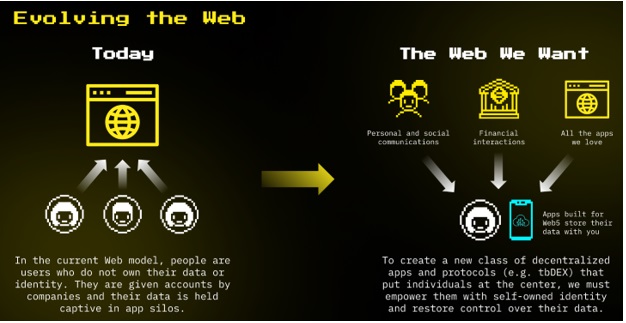
Next, Mr. Odaily (ID: o-daily) will take a look at what kind of "Web5 future" is described for us in the 16-page PPT released by Jack Dorsey.
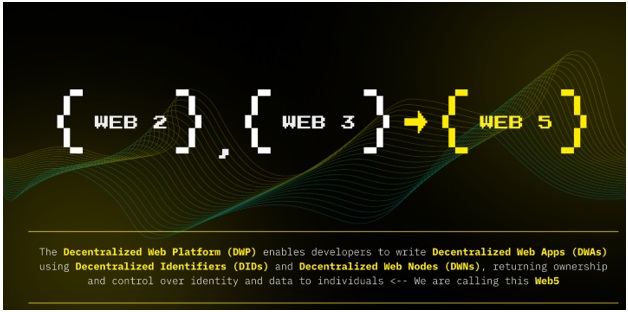
In today's web model, people are users, but people do not own their own data or identity. Enterprises provide accounts for people, and various data are also stored by APP. While personal data in Web5 is controlled by individuals and can be used for personal and social communications, financial interactions, and all other APPs, in order to create a new category of "DAPPs and protocols" centered on individuals, we must let people own their own identities and control Control over your own data.
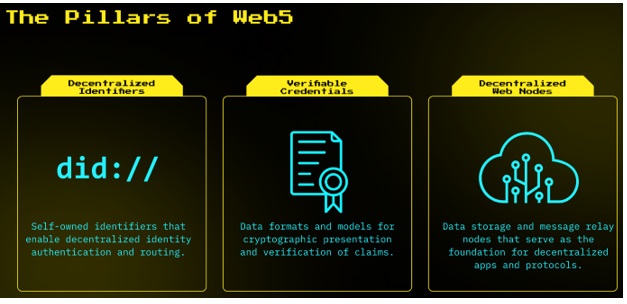
The Decentralized Web Platform (DWP) enables developers to use Decentralized Identifiers (DID) and Decentralized Web Nodes (DWNs) to create Decentralized Web Applications (DWAs) that combine identity and data control Returning rights and ownership to individuals is what is called "Web5".
Web5 has three cores:
1. Decentralized identity: Self-controlled identity can support decentralized identity authorization and routing;
3. Decentralized Web nodes: Data storage and message relay nodes will serve as the basis for decentralized APPs and protocols.
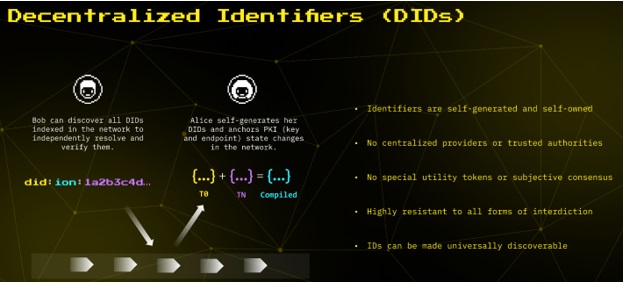
Decentralized Identifier (DID):
Decentralized Identifier (DID):
1. The identifier will be generated and controlled independently;
2. There are no centralized providers and credit institutions;
3. There is no special practical Token or subjective consensus;
4. Resist various forms of barriers;

5. The ID is visible.
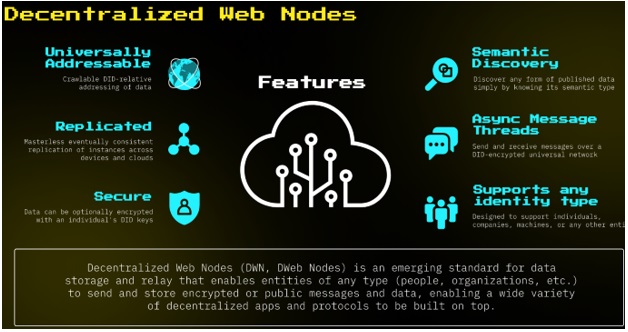
The figure above is an example of the application of verifiable certificates in banking and financial institutions.
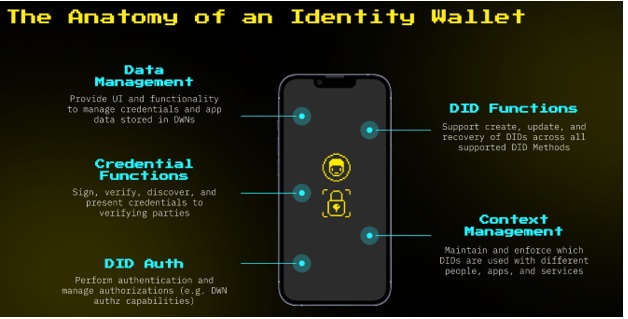
Decentralized Web nodes are an emerging data storage and relay standard that supports any type of entity, such as individuals, organizations, etc., can send and store encrypted or public messages and data, and can be decentralized for various types of nodes based on APP and protocol provide support, the main features include: universal addressability, semantic discovery, replicable, asynchronous message thread, security, support for any identity type.
Web5 will launch an identity wallet with specific features including:
1. Data management: Provide UI and functions to manage APP and credential data stored in decentralized web nodes;
2. DID function: support to create, update and restore DID;
3. Certificate function: provide signing, verification, issuance and display certificates for the verifier;
4. DID authorization;
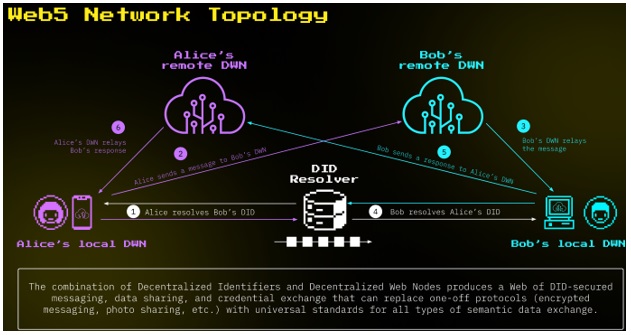
5. Context management.
Web5 network topology
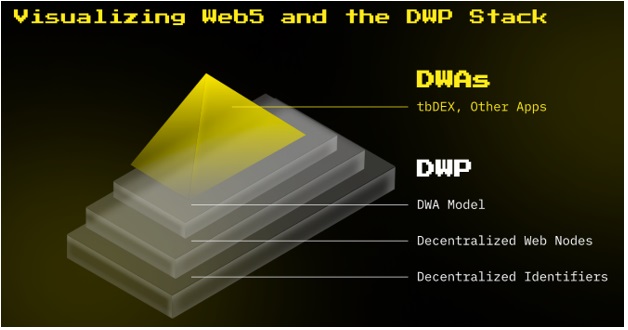 After the combination of decentralized identifiers and decentralized Web nodes, a network that supports DID secure instant messaging, data sharing, and certificate transactions can be built, which can replace one-time protocol exchanges with common standards for all types of semantic data ( such as encrypted messaging protocols, photo sharing protocols, etc.).
After the combination of decentralized identifiers and decentralized Web nodes, a network that supports DID secure instant messaging, data sharing, and certificate transactions can be built, which can replace one-time protocol exchanges with common standards for all types of semantic data ( such as encrypted messaging protocols, photo sharing protocols, etc.).
Visualizing Web5 and the Decentralized Web Platform Stack
1. Decentralized Web Applications (DWA) include: tbDEX and other APPs;
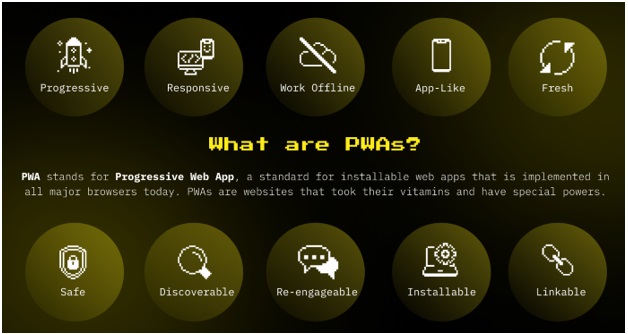
2. The decentralized web platform includes: a decentralized web application model, a decentralized web node, and a decentralized identifier.
What are PWAs?
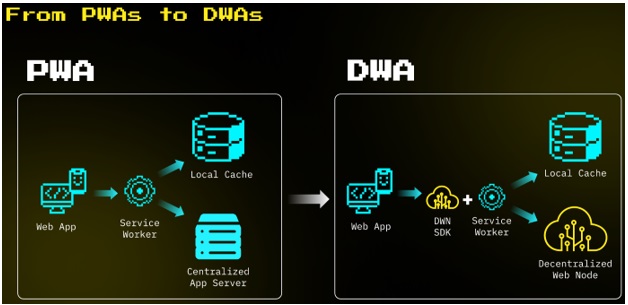
PWA (progressive web app) stands for Progressive Web Application and is the standard for installable web applications implemented by all major browsers today.
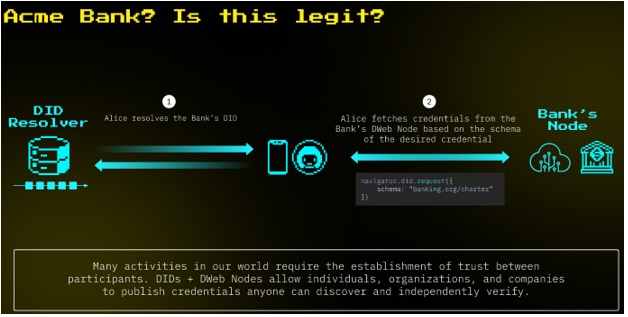
From Progressive Web Apps to Decentralized Web Apps.
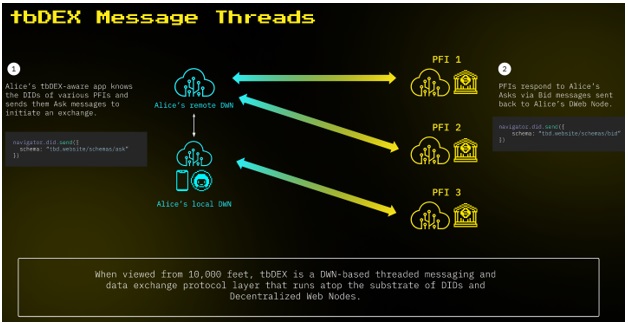
Many activities in the current world require the establishment of trust between participants, and decentralized identifiers + decentralized web nodes allow individuals, organizations, and companies to issue certificates that anyone can discover and independently verify.
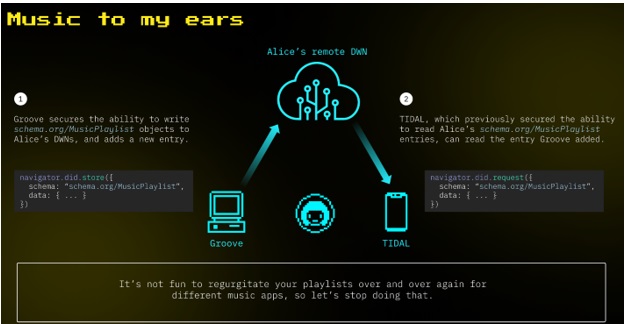 From a higher perspective, tbDEX is a thread messaging and data exchange protocol layer based on decentralized web nodes, running on top of decentralized identifiers and decentralized web node base layers.
From a higher perspective, tbDEX is a thread messaging and data exchange protocol layer based on decentralized web nodes, running on top of decentralized identifiers and decentralized web node base layers.
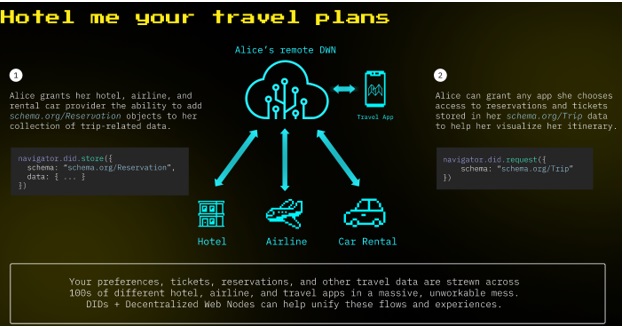
Web5 music use case: Duplicating your own playlist over and over again in different music apps may irritate many people, and Web5 can solve it.
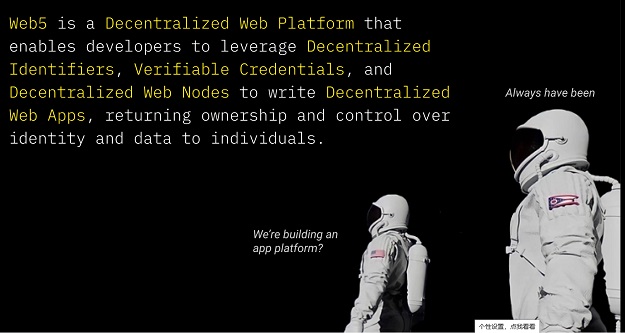
secondary title
Summarize
Summarize
Jack Dorsey doesn't like the concept of Web3. He has been critical of it for a long time, and even attacked Web3 investors with slightly ironic words such as "RIP Web3 VCs". In 2021, Jack Dorsey announced his resignation as CEO of Twitter, and now he has devoted himself to the encrypted payment company Block, and also plans to launch a Bitcoin hardware wallet and DEX.
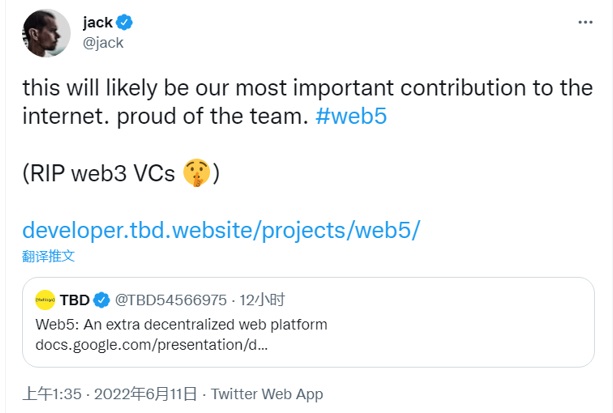
Undoubtedly, Jack Dorsey believes that Web5 may be more important than anything else, and he even mentioned it bluntly in a tweet: "Web5 may be [my team's] most important contribution to the Internet".





